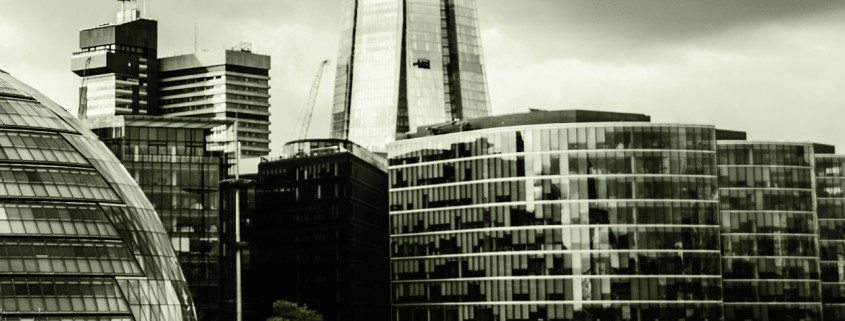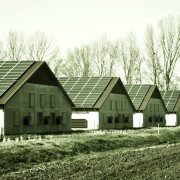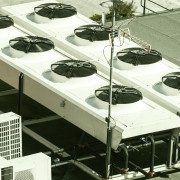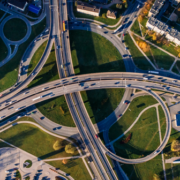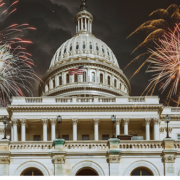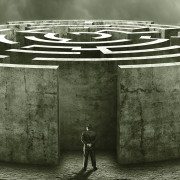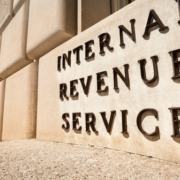Getting to Know 179D – The Energy-Efficient Commercial Buildings Tax Deduction
The 179D is a tax break that enables a taxpayer to request a deduction amounting to a commercial building’s energy-efficiency expenditures made by them, consisting of the building’s heating, cooling, ventilation, interior lighting system, or building envelope. Certification needs to be obtained in order to verify that the improvements have been placed into service and to verify energy cost savings of 50% or more according to the minimum standard specified.
A Brief History of 179D
The Energy Efficient Commercial Building Tax Deduction was enacted under the Energy Policy Act of 2005. It was the first performance-based tax incentive from the Federal government aimed at improvements in energy efficiency of commercial buildings. In an attempt to extend this provision, Congress has acted three times, the 2nd extension lasting for five years – which ended on December 31st 2013.
On April 3rd 2014, a bipartisan legislation was passed by Congress renewing the provisions that had expired, through the end of 2014.
Proposed Changes in 179D
Back in 2006, if a building construction/retrofit project on a commercial area of 20,000 square-feet had its total energy and power costs reduced by 50% below the ASHRAE Standard 90.1-2001, then under Title 26 Section 179D, it was eligible for a tax deduction by as much as $1.80 per square-foot.
If the energy use wasn’t reduced by 50%, it was entitled to a partial deduction of as much as $0.60 per square-foot. However, this tax reduction expired in December 2014.
In 2015, following the Senate Finance Committee passing an extension package , 179D would be extended through to the end of 2016 and the deductions would be calculated based on a new reference baseline that takes into account building methods as well as new technology.

